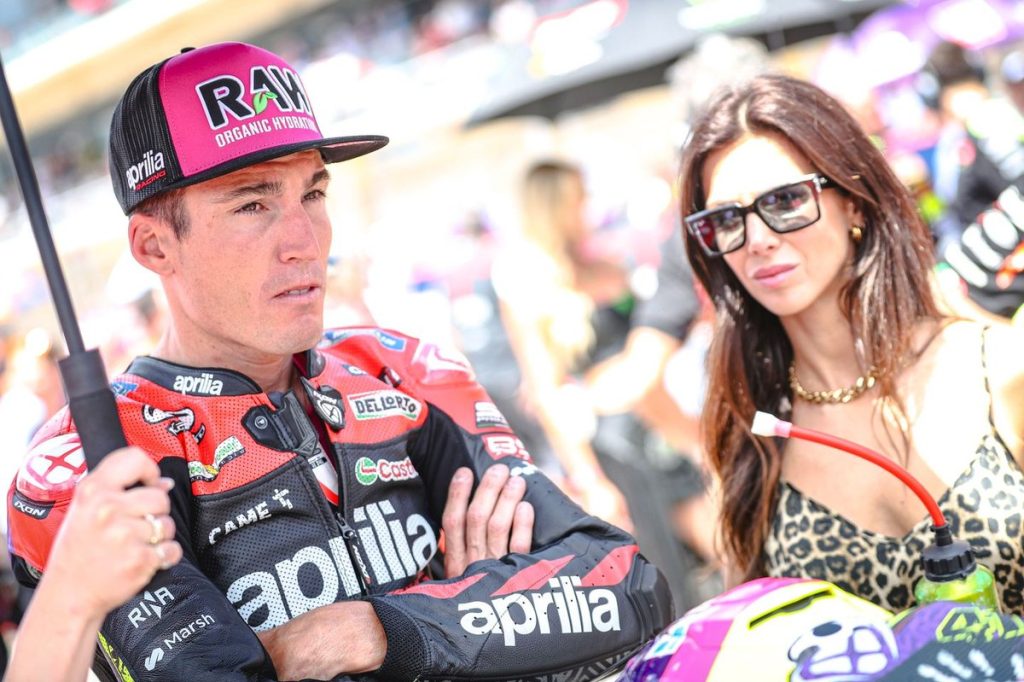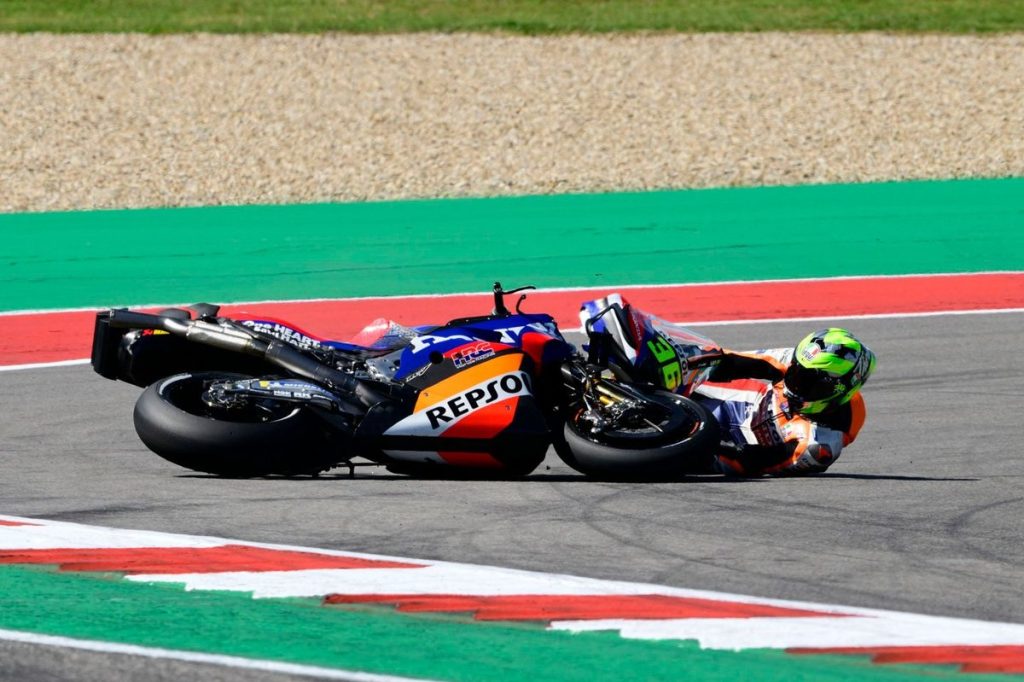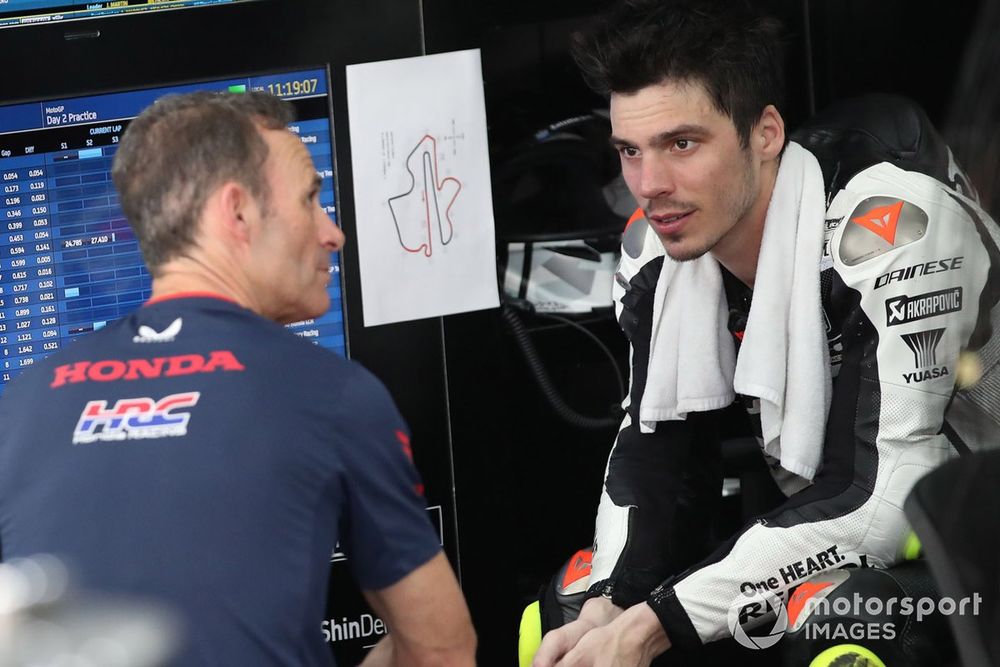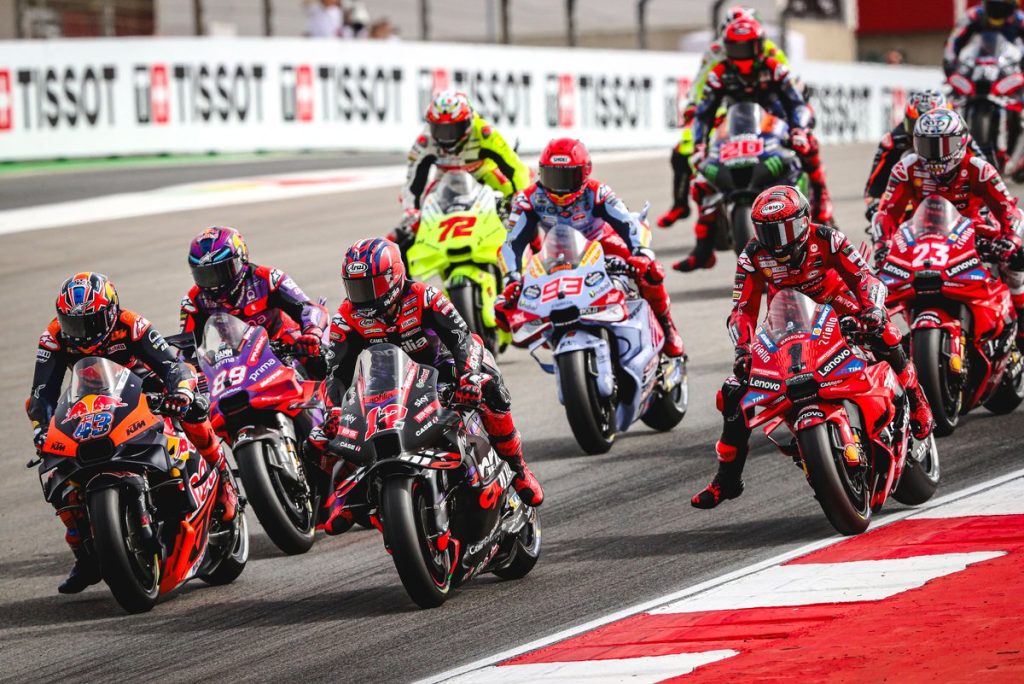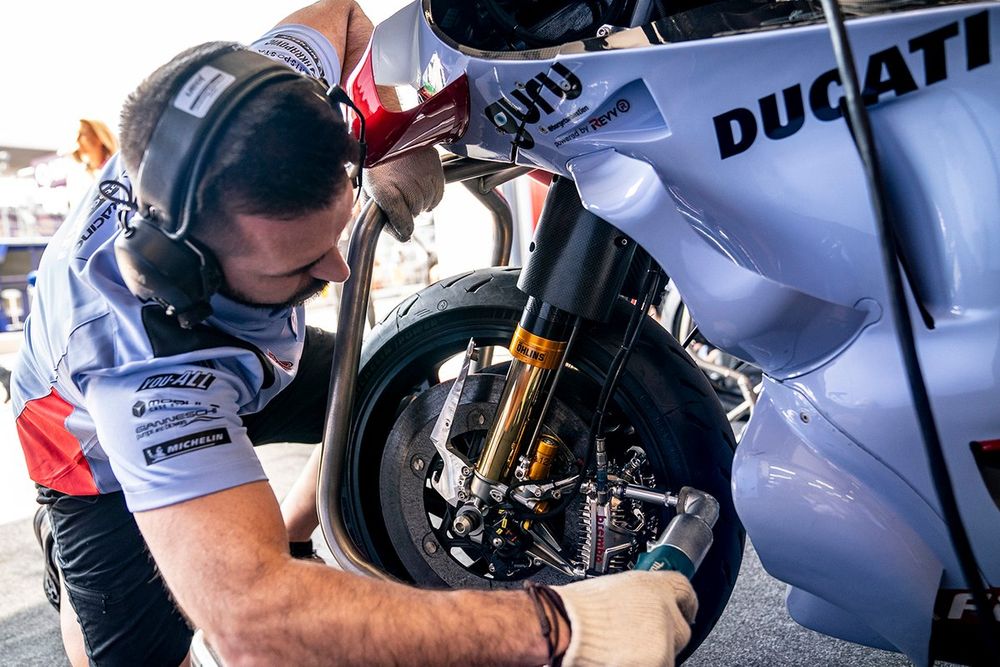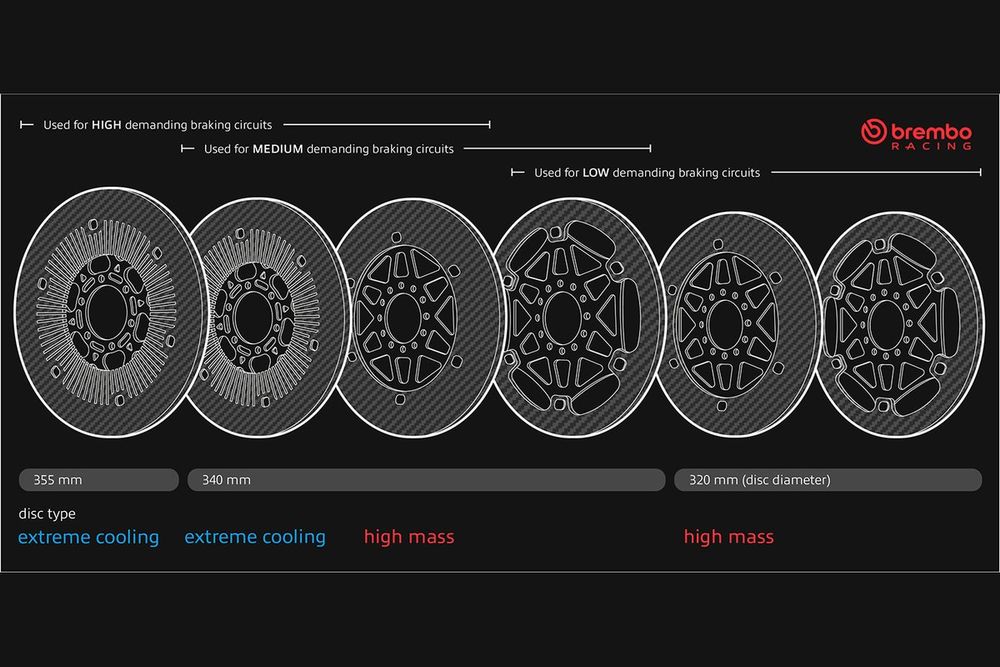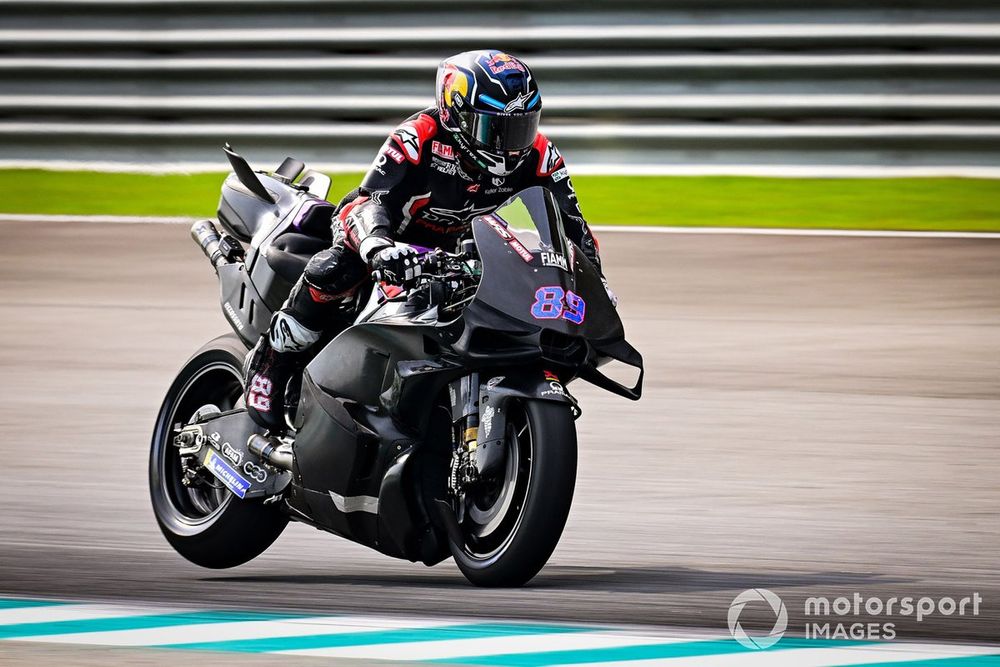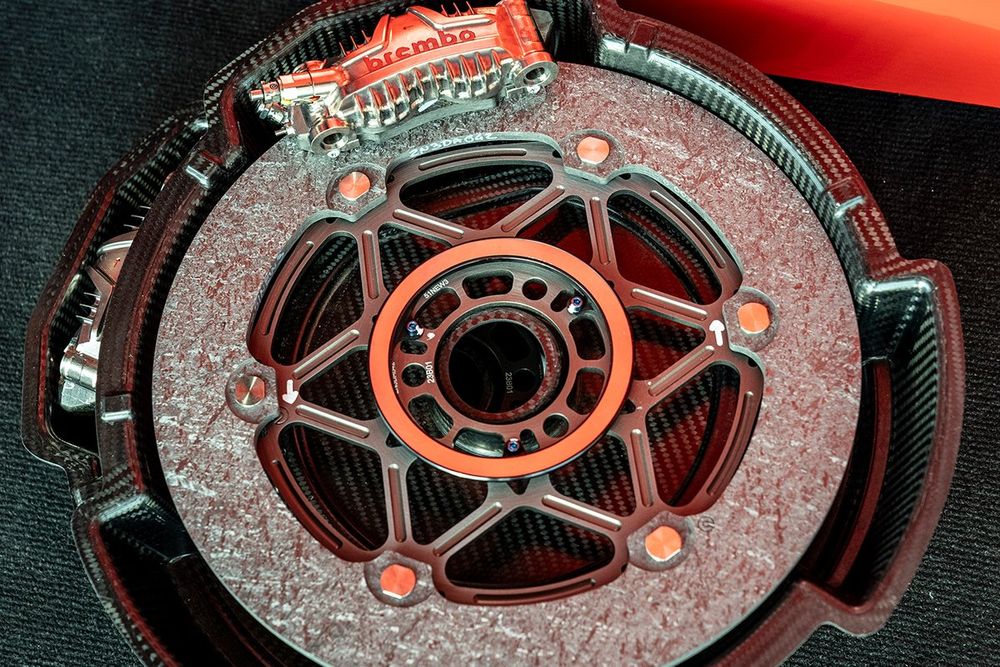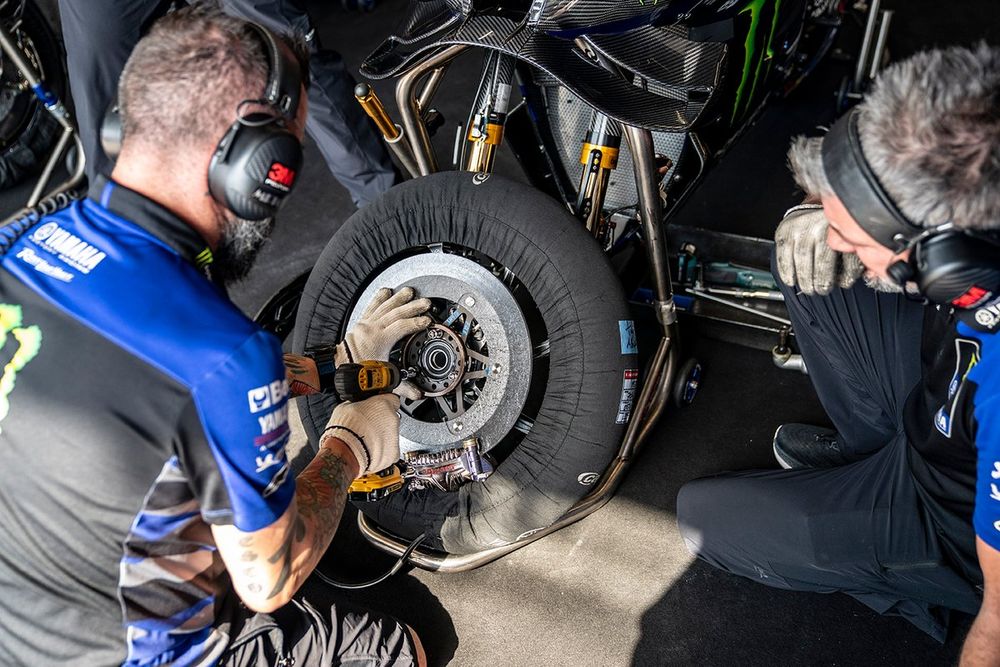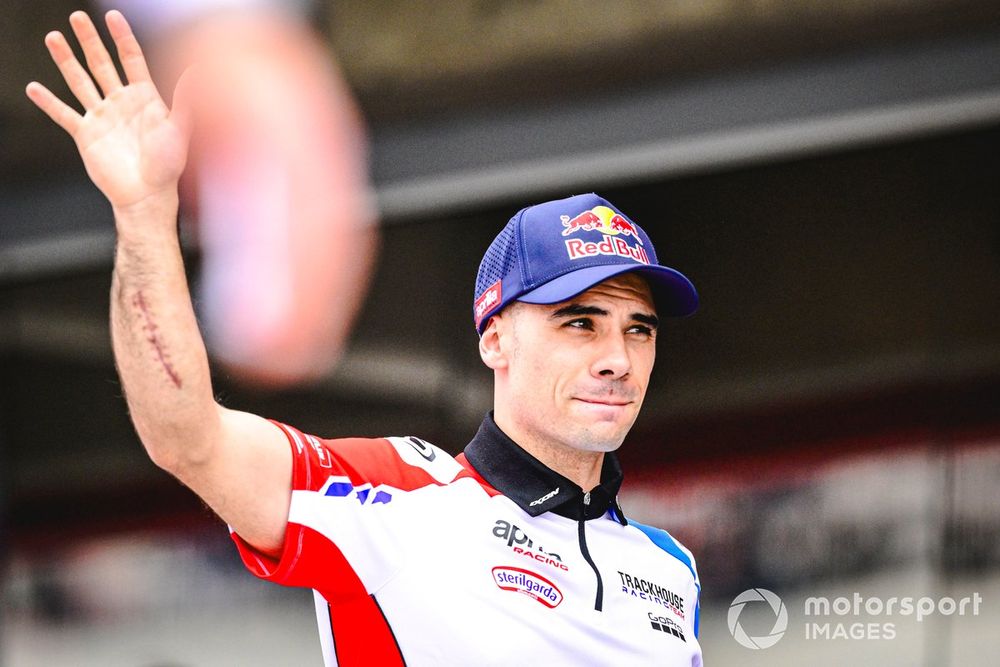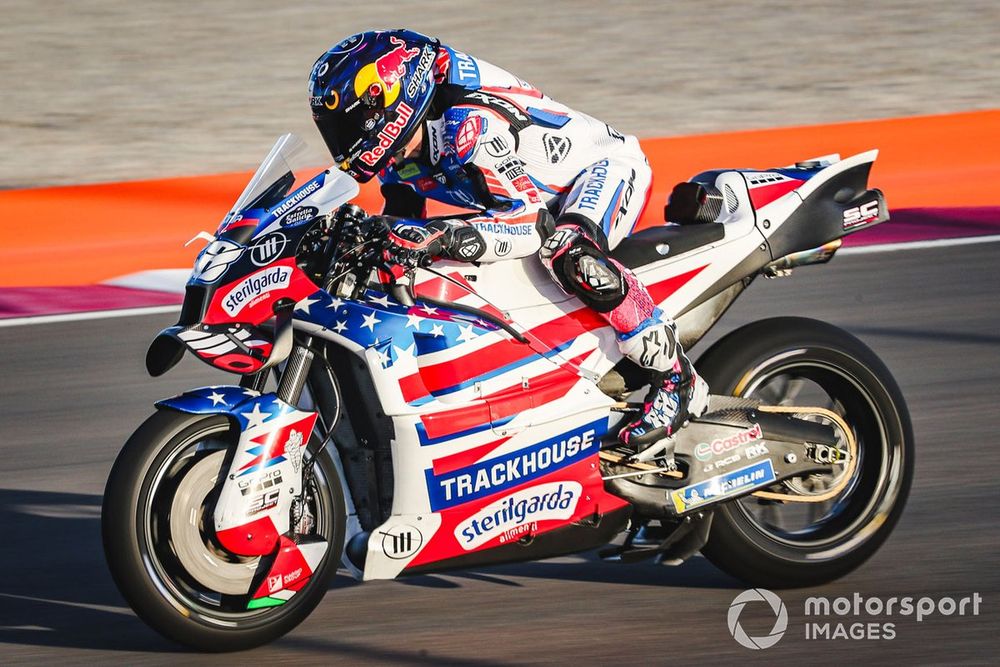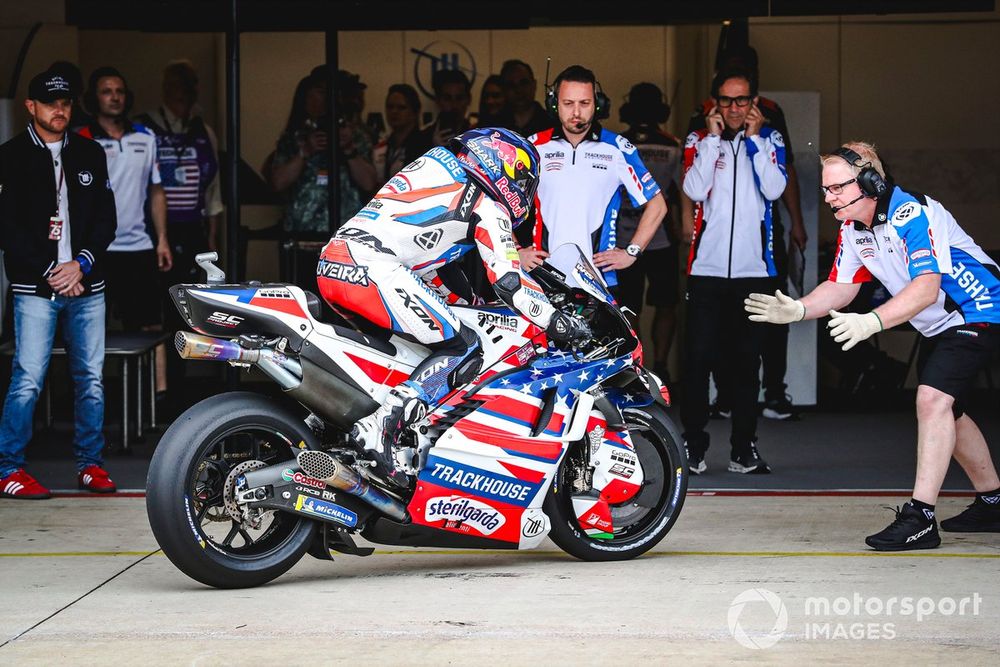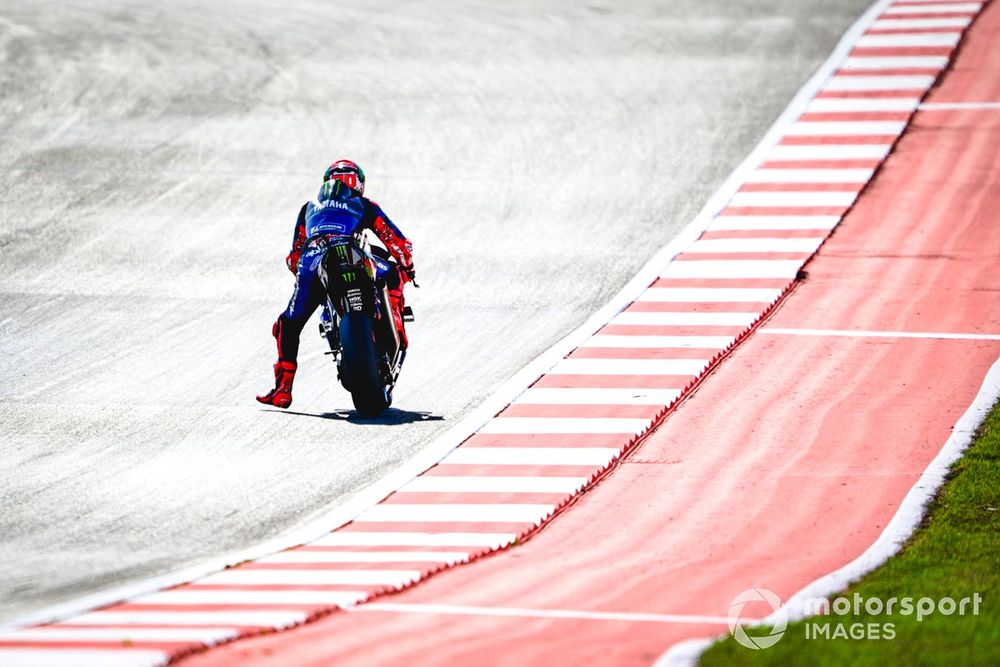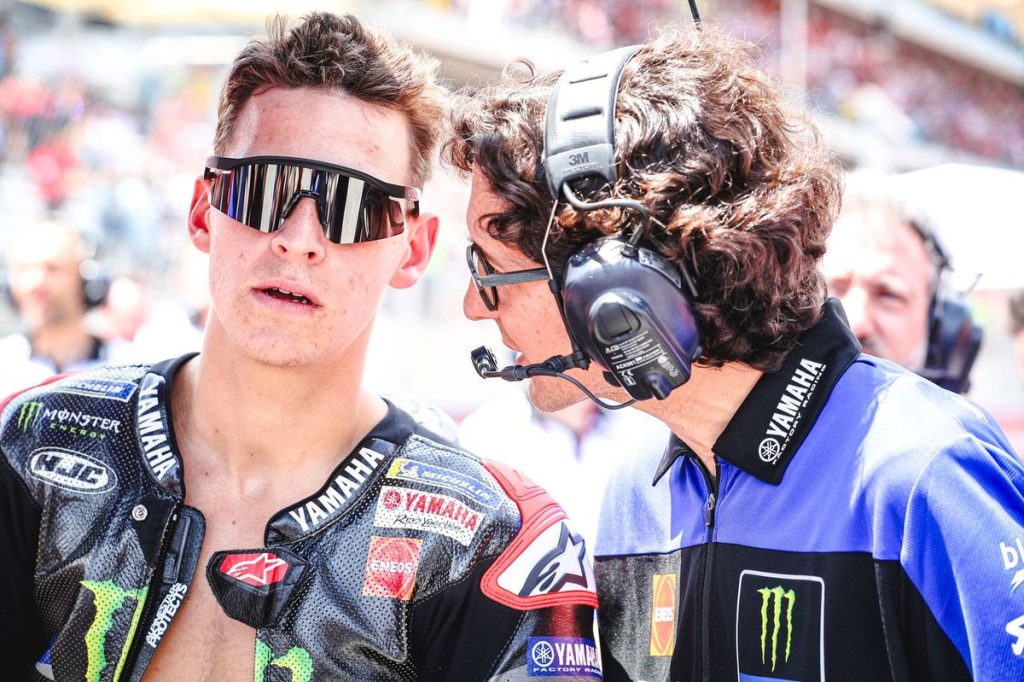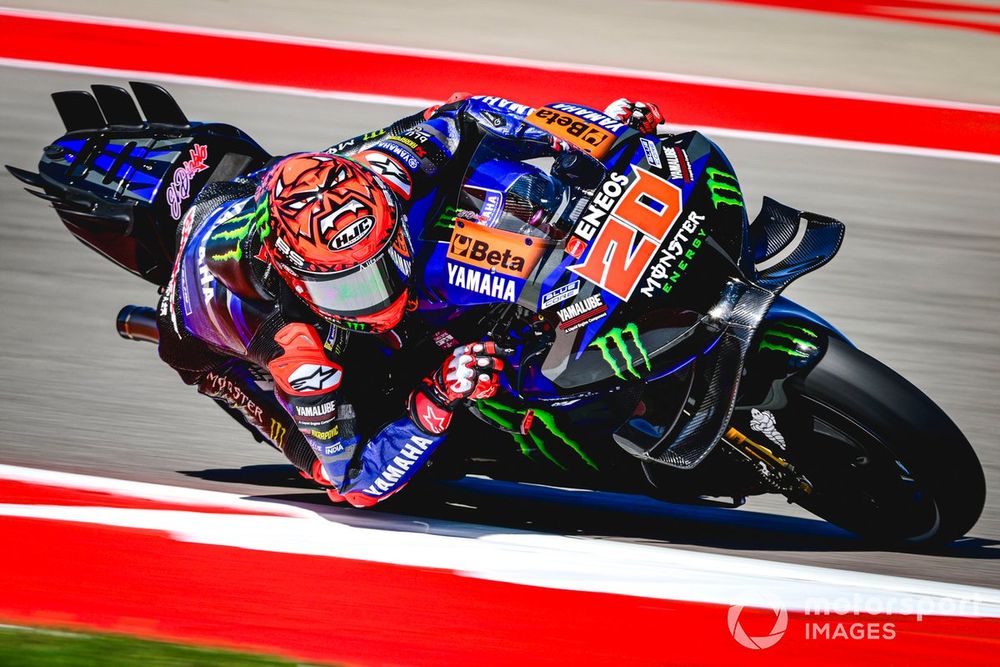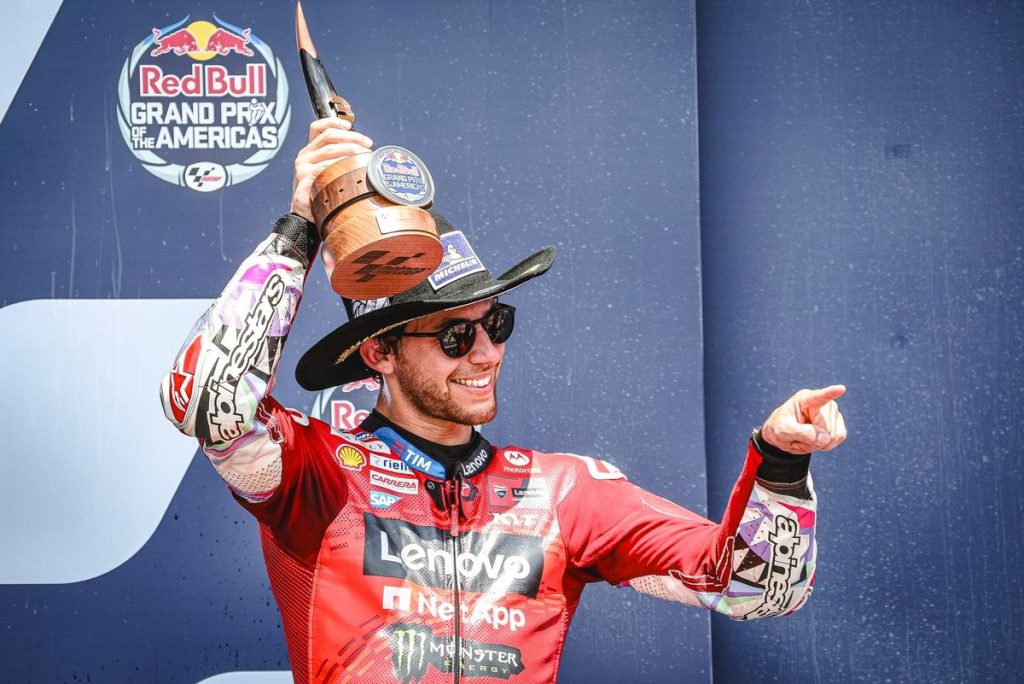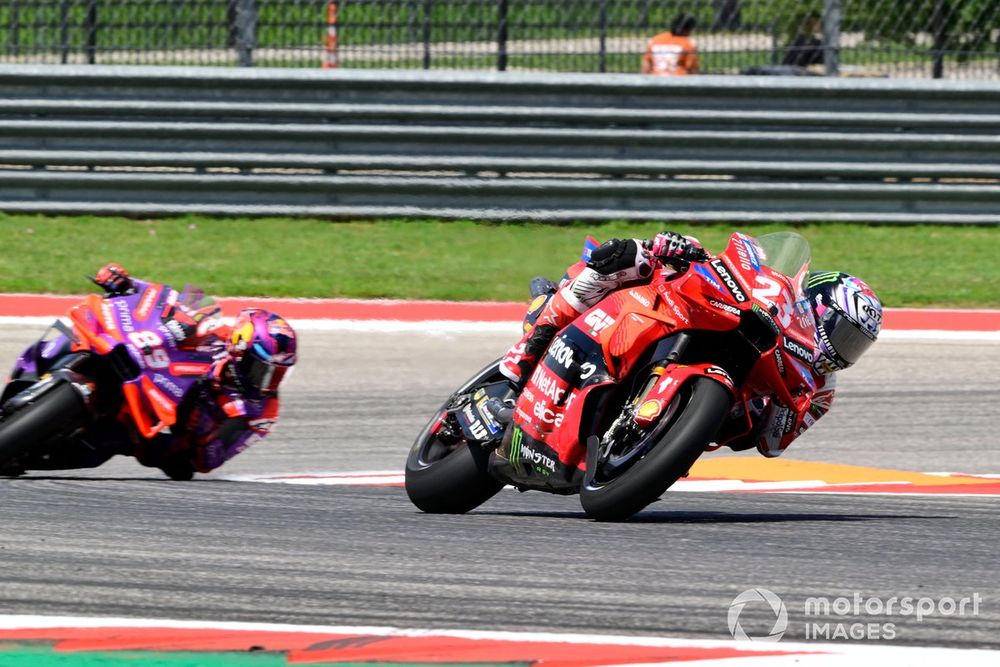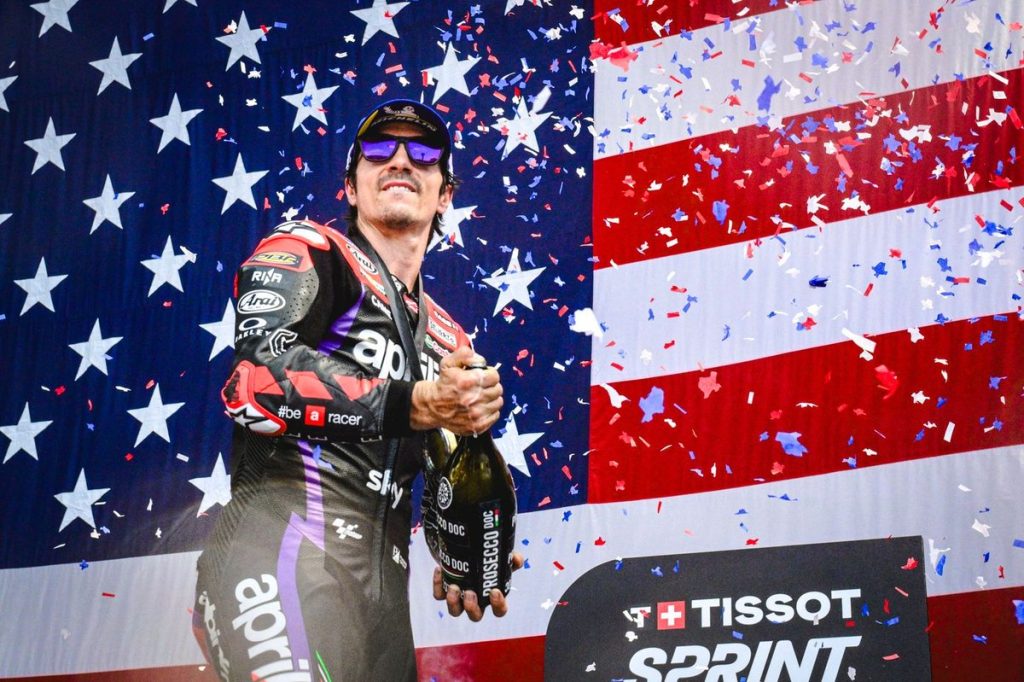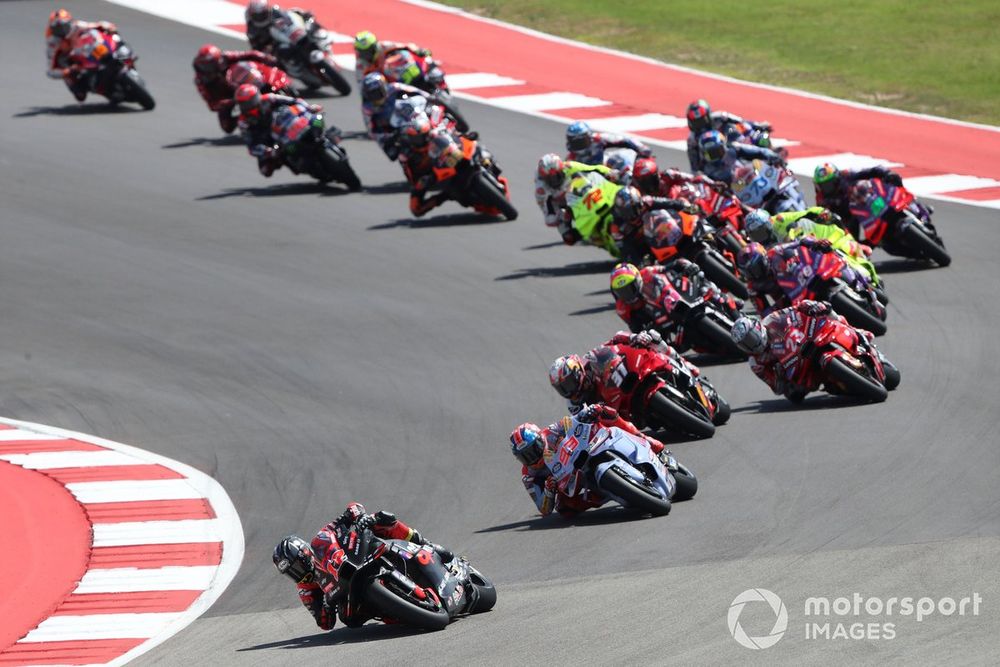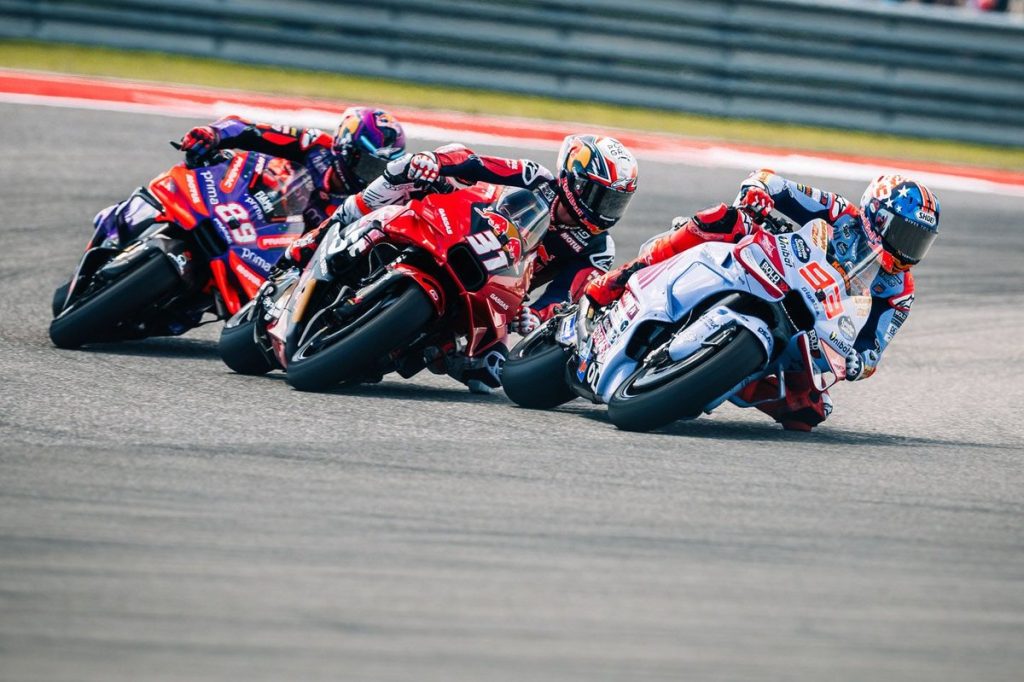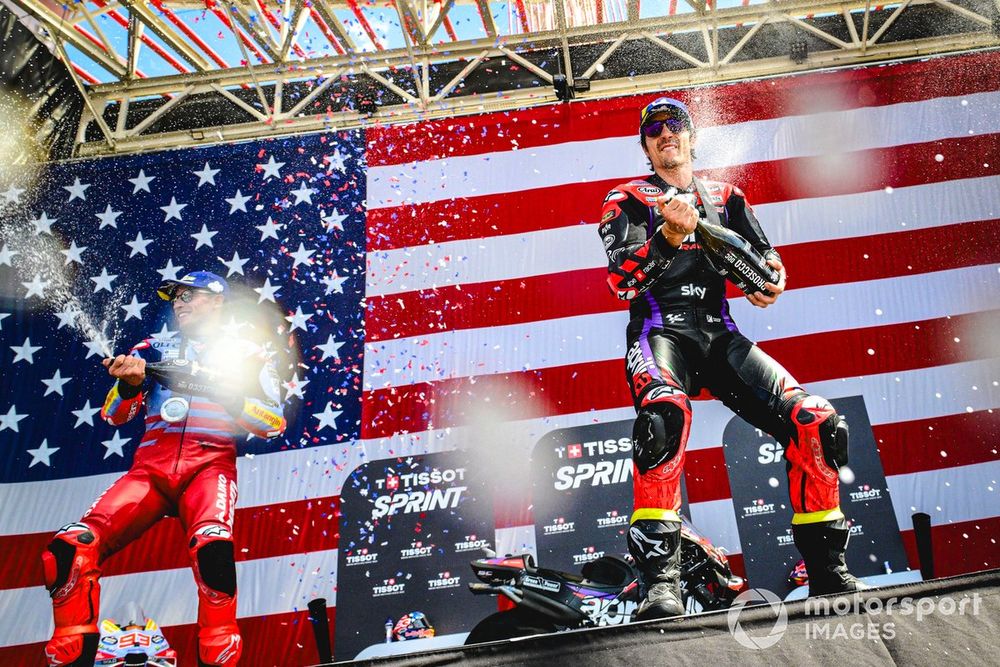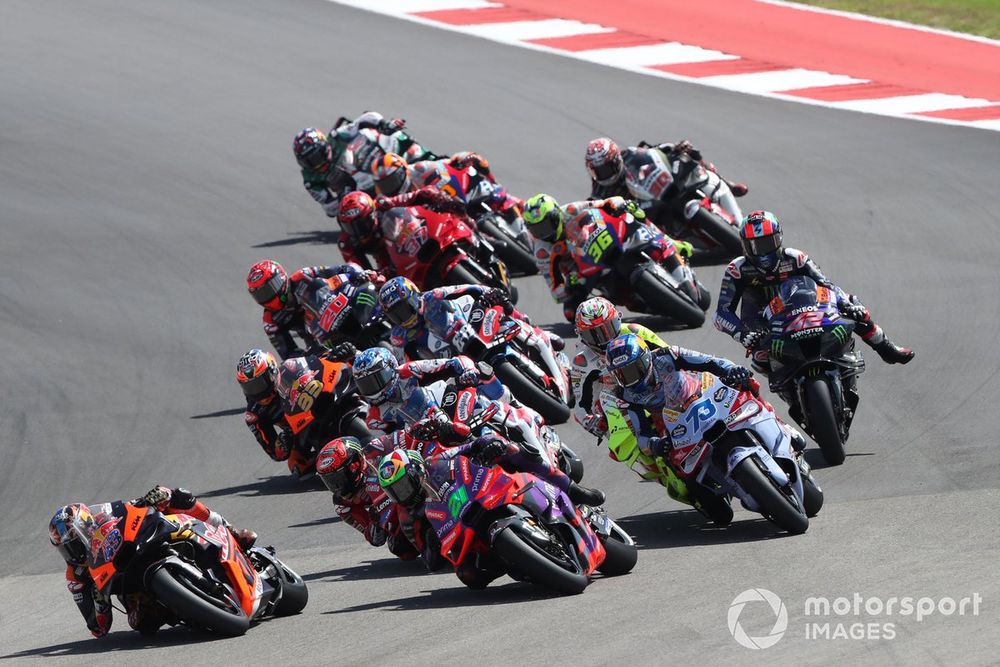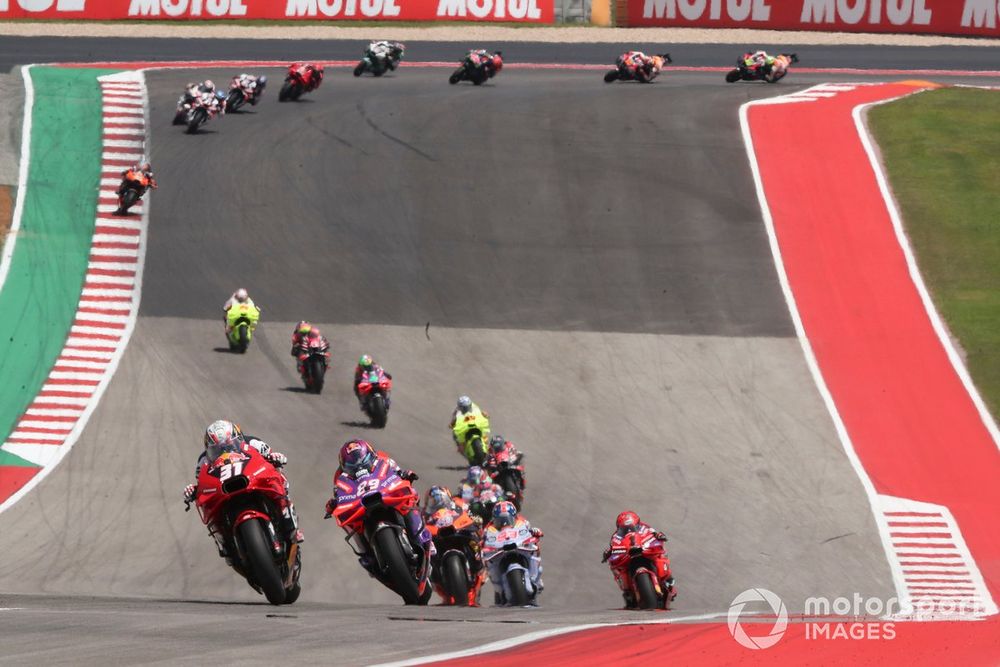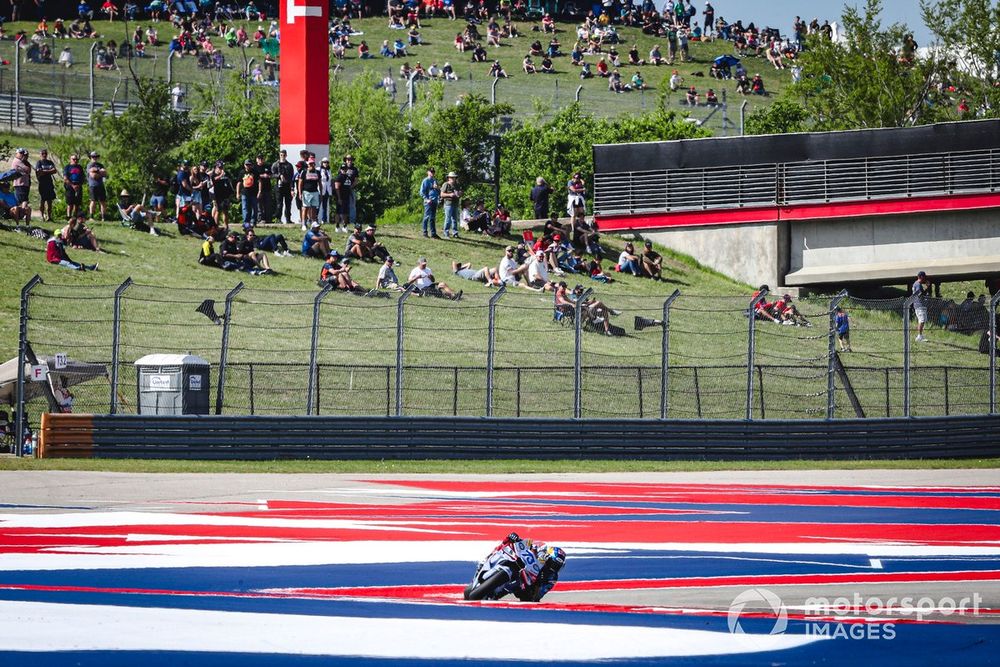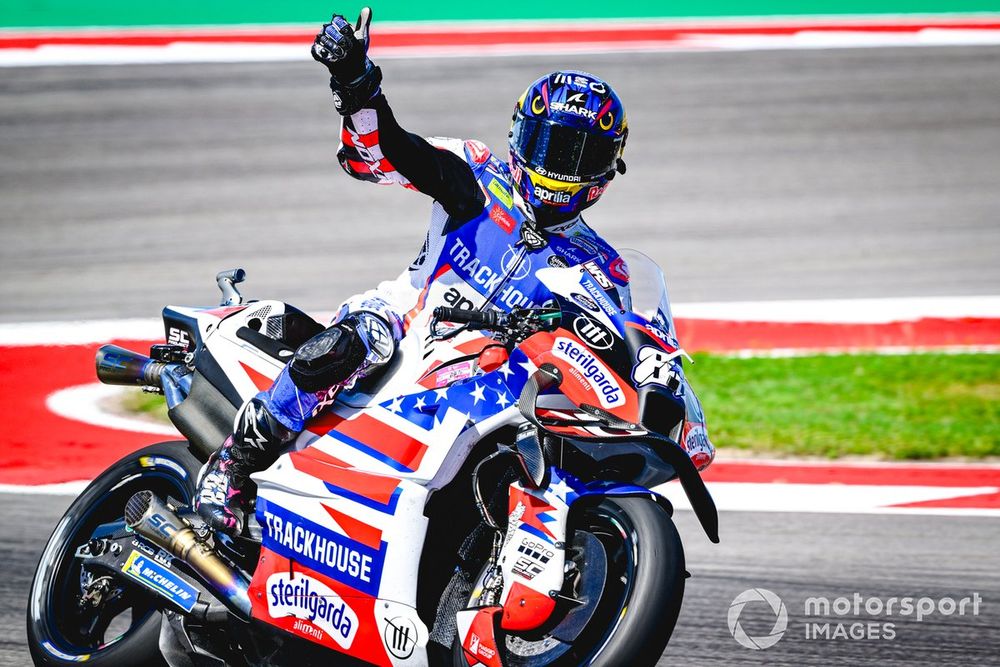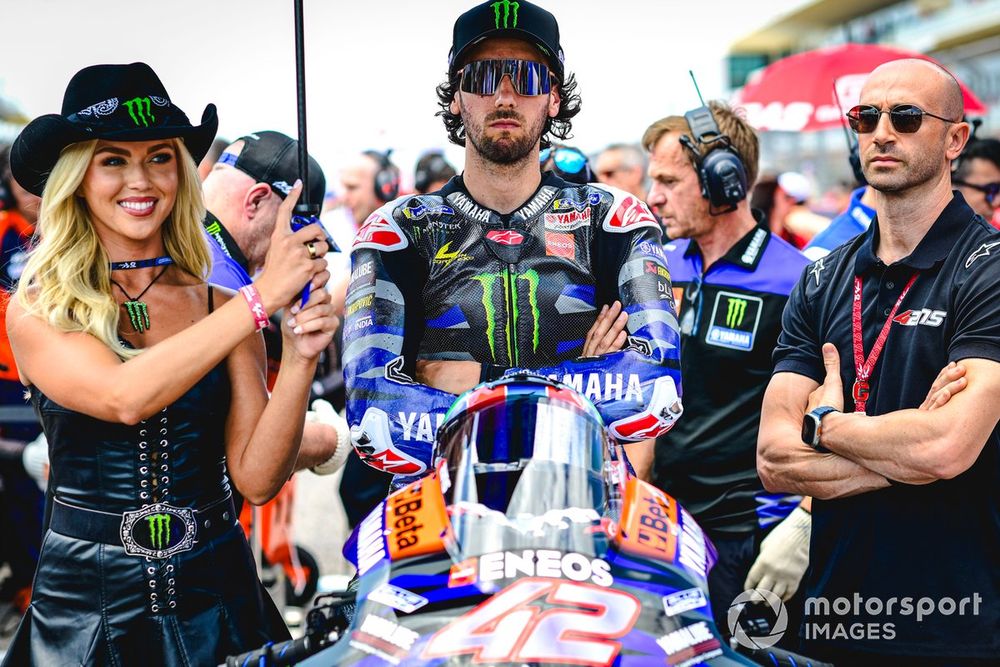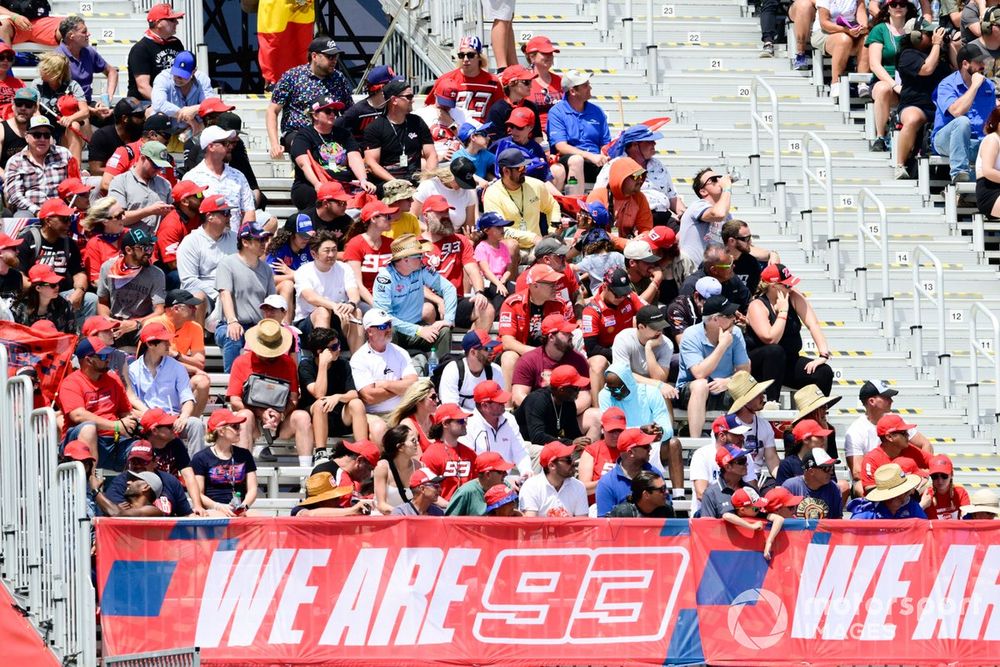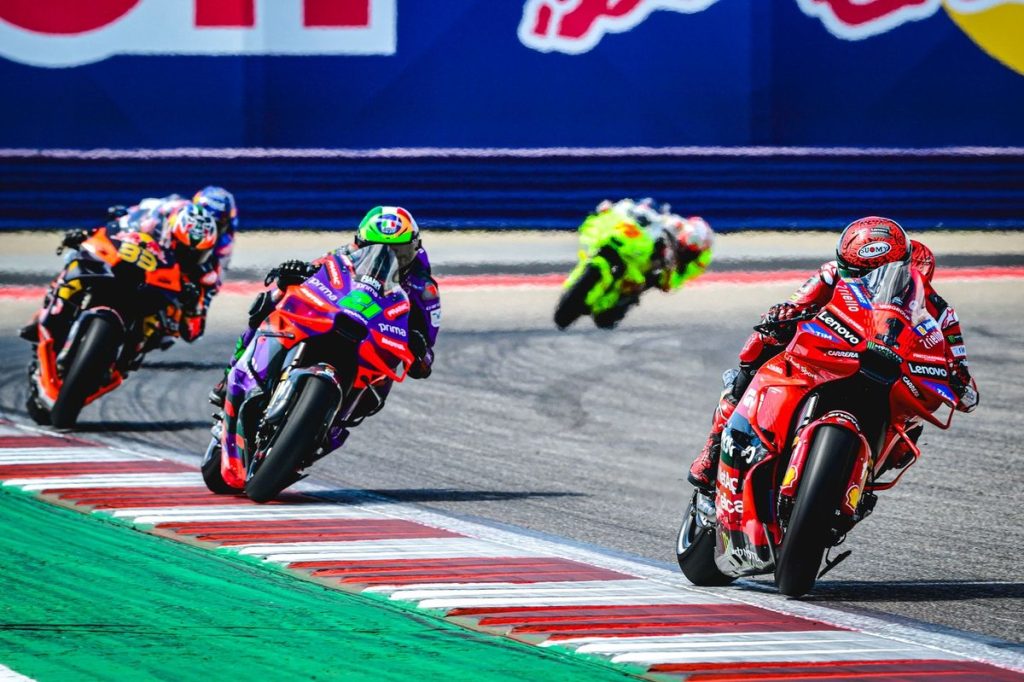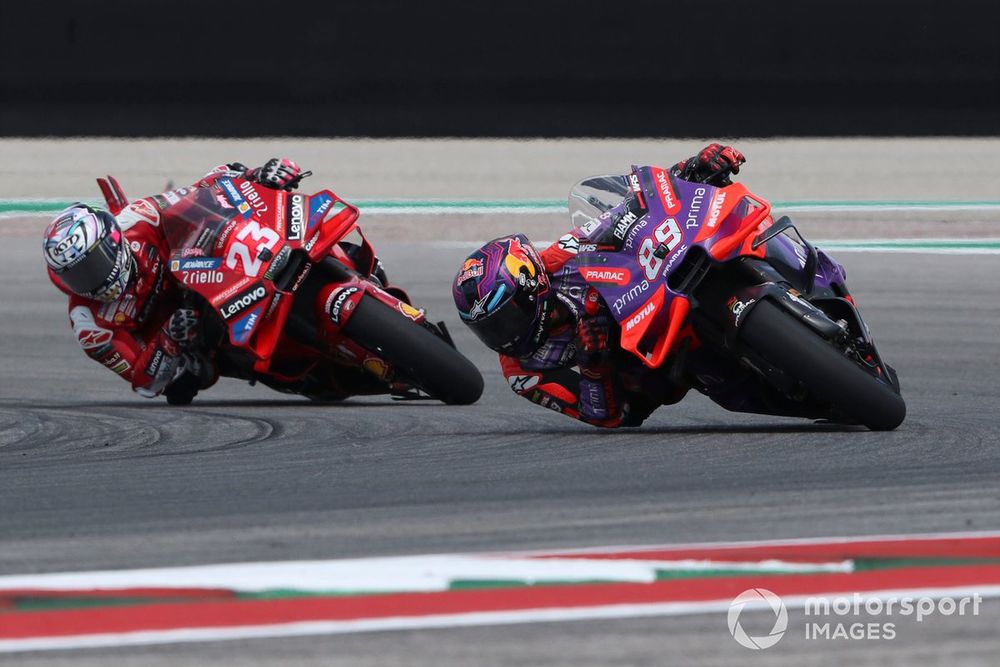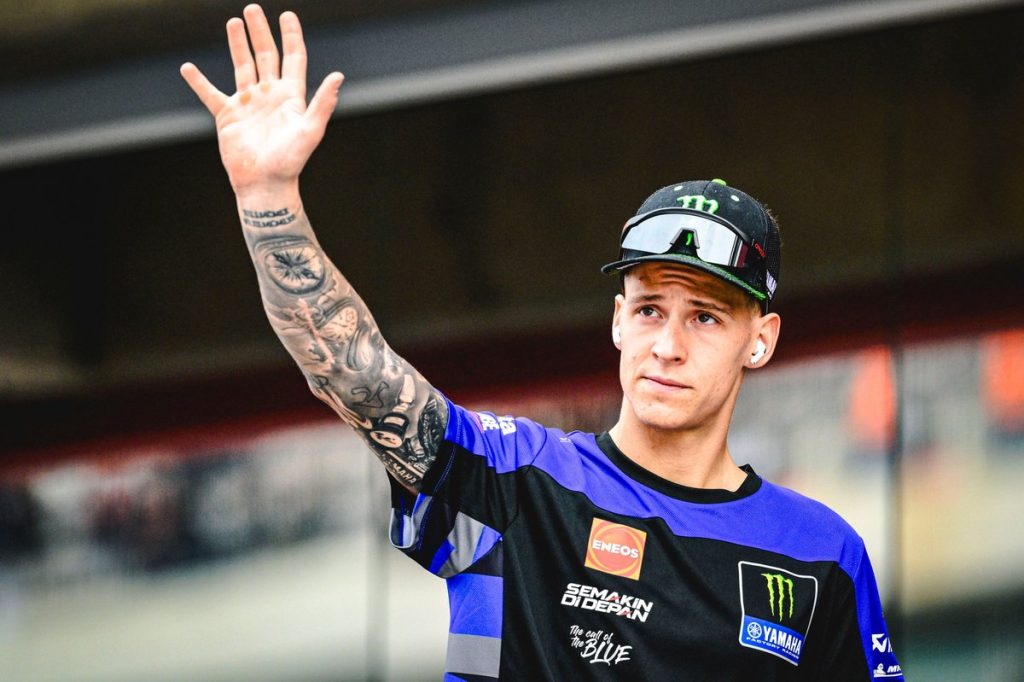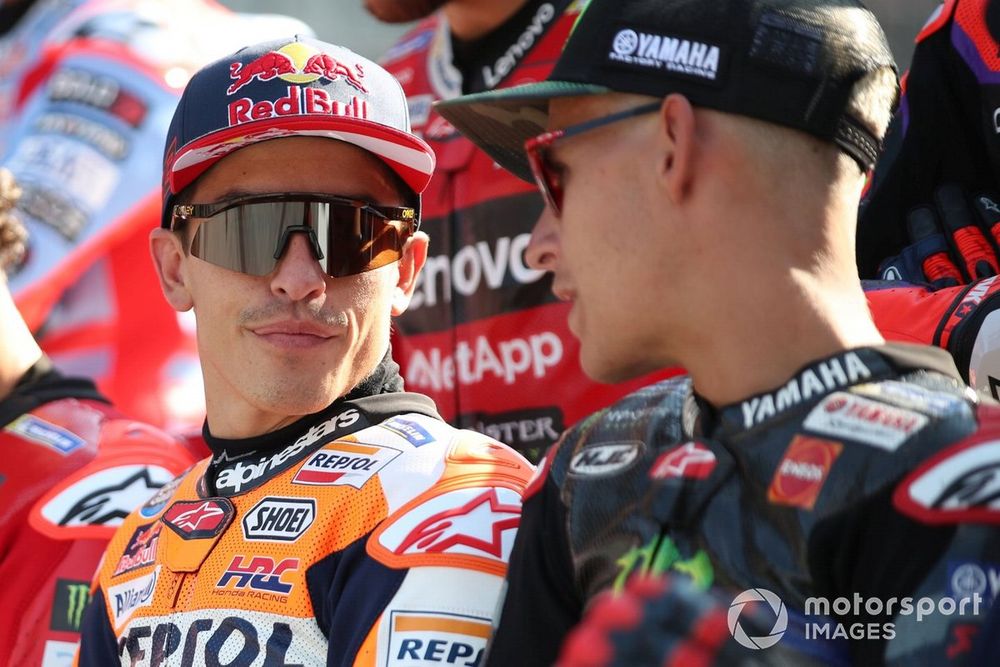The 34-year-old has been racing full-time in MotoGP since 2012 and has been with Aprilia since 2017, developing the RS-GP into a race-winning package in that time.
His current contract with the Italian marque expires at the end of the year and he is giving himself until the Italian Grand Prix in May to see where his form is at before deciding on a direction to take.
If he remains a racer, he says he will continue only with Aprilia, but also hasn’t ruled out the idea of becoming a test rider.
“This is a very good question. I don’t know. Hopefully, Aprilia will offer a new job for me, but this is not the important thing,” he began. “The important thing is to understand if I want to stay or not. I haven’t really decided yet.
“I want to wait a little bit more. I want to wait at least until Mugello to see how I perform, and then I will decide. I’m having fun this year, but I want to fight on top five every race. If not, it [the contract] will be the last one.
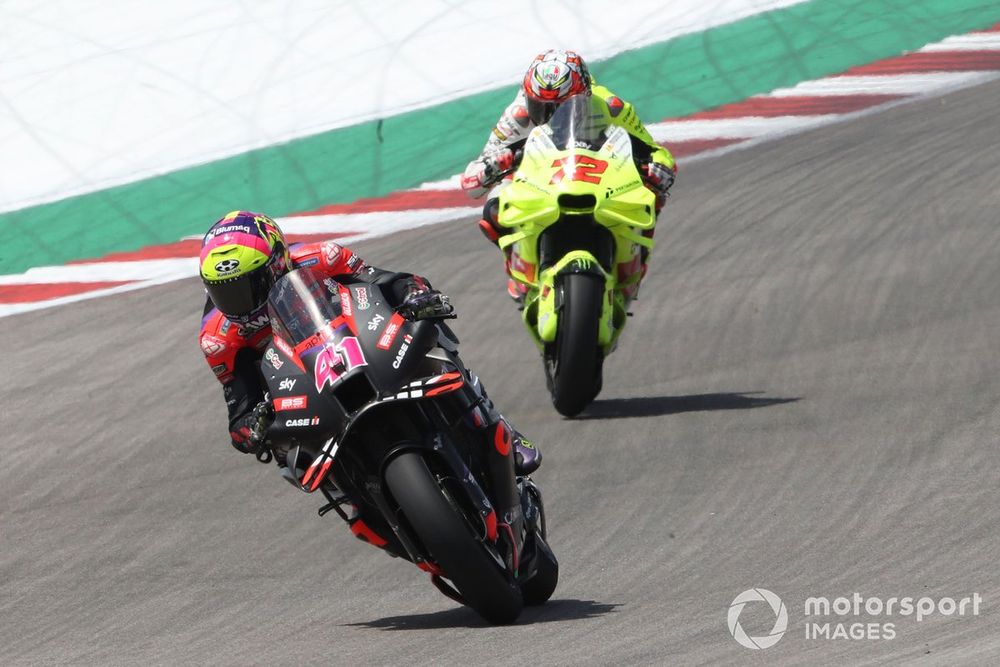
Photo by: Gold and Goose / Motorsport Images
“I’m trying to understand what the best future for me is. I don’t think my future will be racing in another place other than Aprilia. If I’m racing full-time, I mean.
«So, if I’m racing, I will stay in Aprilia. But maybe I decide to stop and do some wildcards as a test rider, or maybe I decide to fully stop.
“I need to decide, but really I haven’t decided yet. I want to perform. This is my obsession right now. I want to finish on the podium every weekend. Then I will decide.”
Espargaro says the idea of becoming a test rider has become more attractive in recent years due to Ducati “changing the game” with Michele Pirro.
Asked if the appeal of being a test rider has grown for him, he said: “A lot. It’s a new job, a new role, that didn’t exist five years ago. Now we understand how important it is.
“Ducati and Pirro changed the game six years ago. And now you see with Dani [Pedrosa], Pol [Espargaro], in KTM.
“Yamaha and Honda need to step up their test team. Their testing is not at the level of the Italians or KTM test teams. So, everything can change and it’s also a good opportunity for me.
“This is why I’m thinking about it. It’s something that I love, I’ve had a lot of fun over the last six, seven years developing the Aprilia. I think we did a really good job. So, I learned a lot of things and it’s also exciting for the future.”
